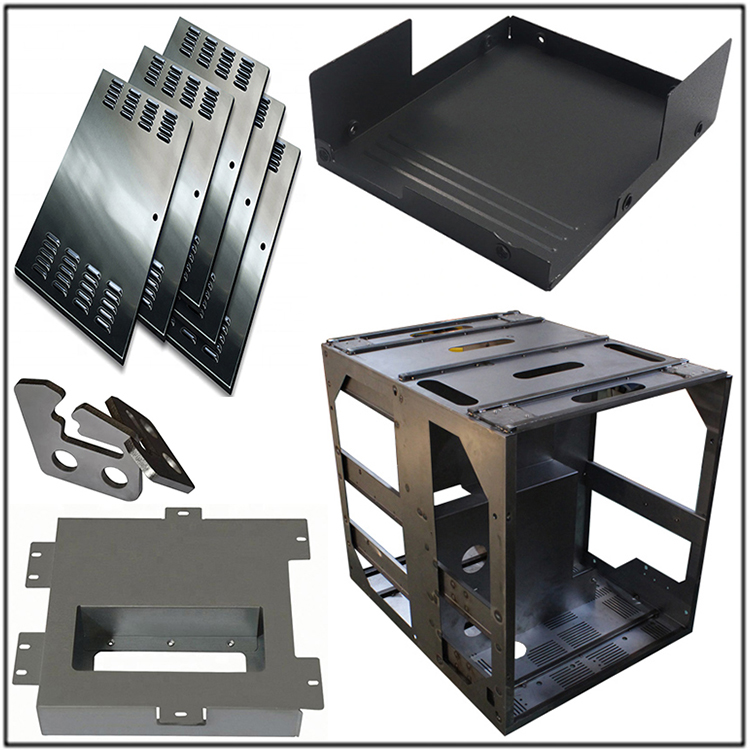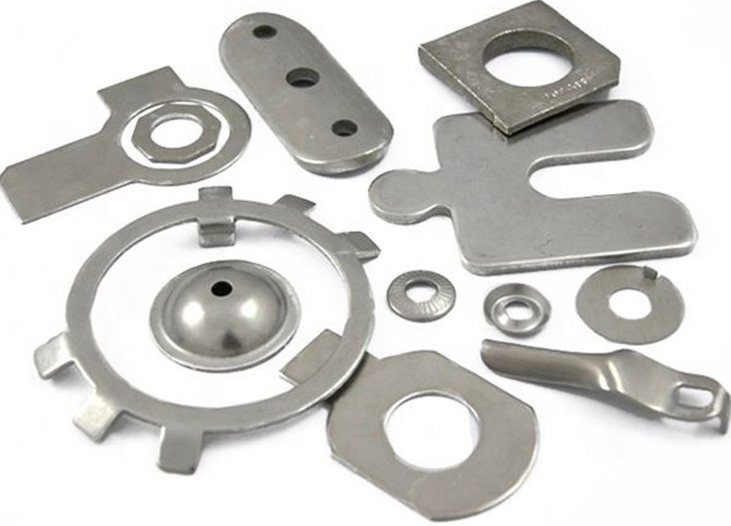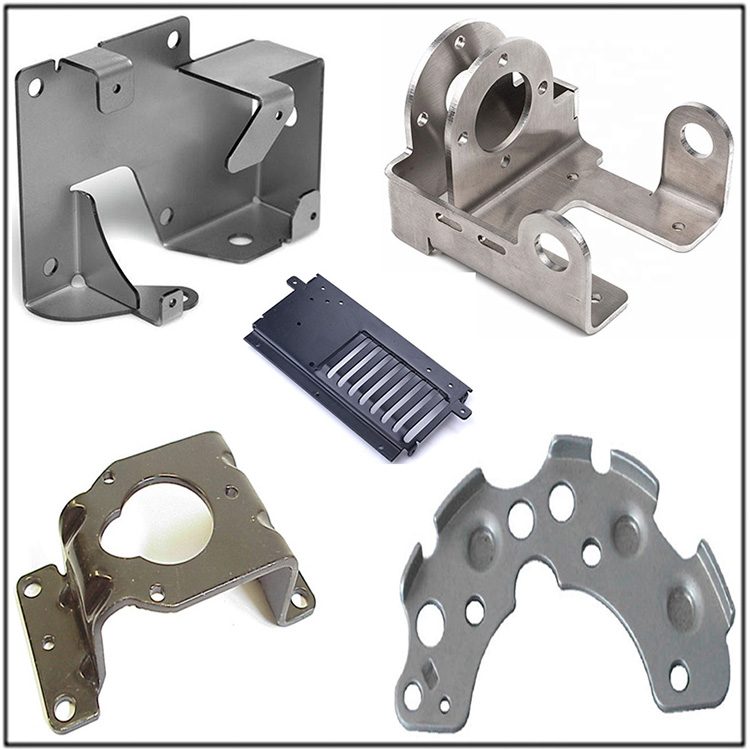
In the field of metal stamping, the deep drawing process is a key step in transforming flat or nearly flat metal sheets into three-dimensional shapes. In this process, the phenomenon of material hardening is inevitable. It is not only a help to ensure the accuracy and stability of the parts, but also a challenge to process control. This article will delve into the advantages and disadvantages of material hardening in the deep drawing process, revealing its dual impact on the quality of metal stamping parts.
Introduction: The Essence of Material Hardening
During the deep drawing process, the metal material undergoes plastic deformation and changes in grain structure, resulting in an increase in the hardness and strength of the material, which is known as "work hardening" or "work hardening". This phenomenon has a profound impact on the deep drawing process, which not only helps prevent excessive local deformation, but may also exacerbate processing difficulties.
Benefit: Improved deformation resistance and stability
Enhanced deformation resistance: Hardening enhances the material's resistance to deformation during subsequent deep drawing processes, reducing the risk of excessive deformation and helping to maintain the geometric accuracy of the parts.
Stability guarantee: Hardening can prevent excessive local stretching of the material, avoid the formation of cracks or wrinkles, and thus ensure the structural stability of the deep drawn part.
Safety optimization: When subjected to load, the hardened material can better disperse stress and reduce the risk of rupture caused by local stress concentration.

Disadvantage: Processing difficulty and process limitations
Processing difficulty increases: With the increase of hardness, the plasticity of the material decreases, requiring greater force to continue deep drawing, increasing the load on equipment and molds, which may lead to accelerated mold wear.
Narrowing of process window: Hardening reduces the processing window of the material, and stricter control requirements are placed on process parameters such as speed, temperature, lubrication conditions, etc. Any carelessness may lead to failure.
Rising scrap rate: Hardening may lead to fractures or cracks during the deep drawing process, increasing the production of scrap and thus increasing production costs.
Response strategy: Balance and optimization
Material selection and pretreatment: Select materials with appropriate work hardening characteristics and control the degree of hardening through heat treatment or cold work pretreatment.
Process innovation: Adopting technologies such as step-by-step deep drawing, local heating, thinning and deepening to adapt to the characteristics of hardened materials and reduce their negative impact on the process.
Mold design and maintenance: Optimize mold design, use wear-resistant materials, regularly maintain and repair to cope with additional wear caused by hardened materials.
Intelligent control: Utilizing advanced automation and digital technology to monitor and adjust process parameters in real-time, ensuring stable production under the influence of hardening.
Conclusion: Challenges and opportunities coexist
Material hardening is a double-edged sword in the metal stamping and deep drawing process, which brings both opportunities for improving deformation resistance and stability, as well as challenges such as increased processing difficulty and scrap rate. By deeply understanding the hardening mechanism, adopting corresponding process control and technological innovation, enterprises can effectively utilize this characteristic, improve product quality, reduce production costs, and achieve sustainable production optimization.
The refined management and technological innovation of metal stamping process are the driving force behind the progress of the industry when facing complex problems such as material hardening. On the road of coexistence of challenges and opportunities, every successful response is a solid step towards higher quality and efficiency.









